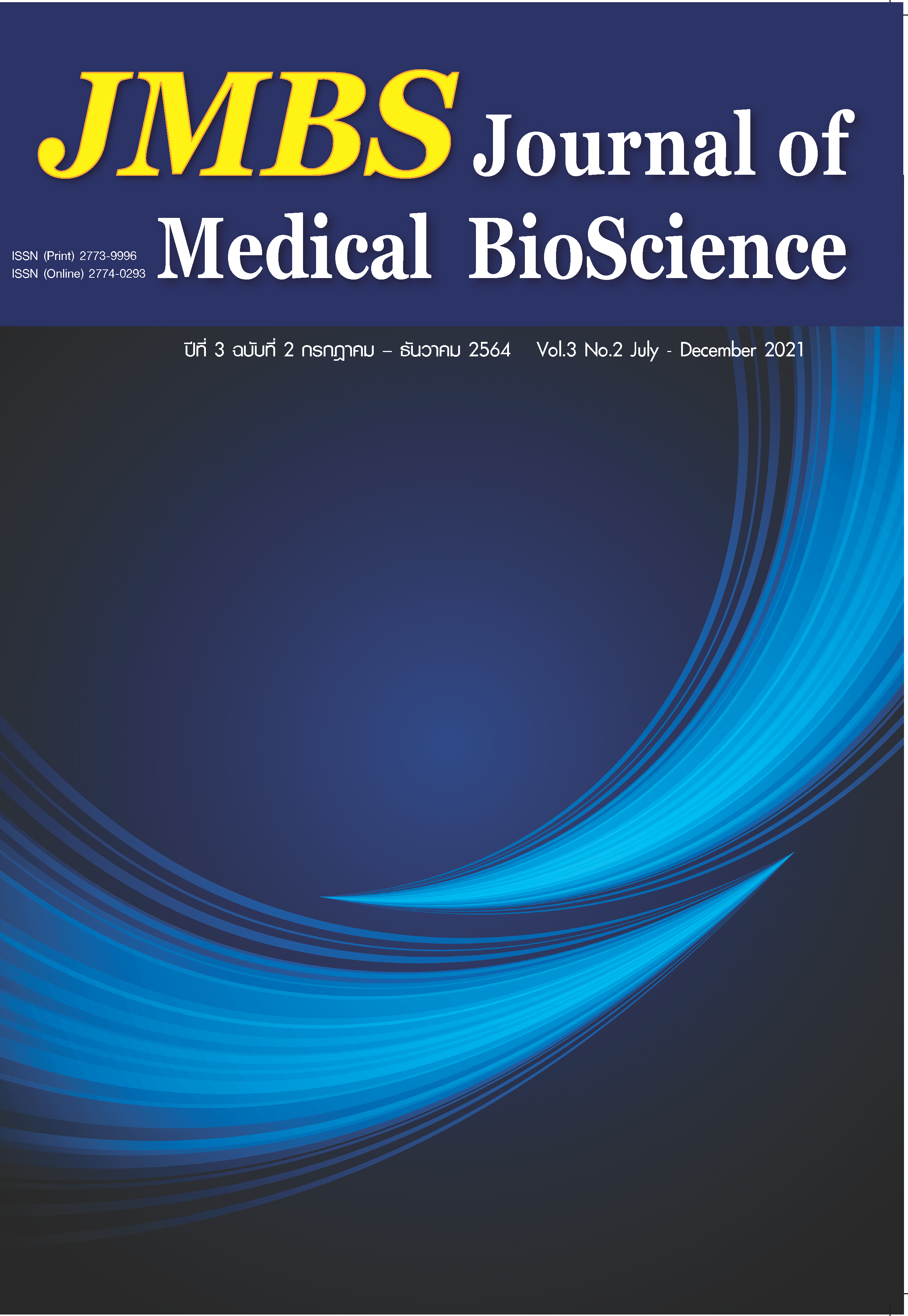Prevalence and associated factors of premenstrual syndrome and premenstrual dysphoric disorder among psychiatric outpatients with mood and anxiety disorders
Keywords:
Premenstrual syndrome (PMS), Premenstrual dysphoric disorder (PMDD), Mood disorder, Anxiety disorderAbstract
Background: Premenstrual syndrome (PMS) and premenstrual dysphoric disorder (PMDD) are theoretically common comorbidities of mood and anxiety disorders. However, there are only few studies directly examine the prevalence of PMS and PMDD among patients with mood and anxiety disorders in Thailand.
Objectives: To examine the prevalence and associated factors of PMS and PMDD among psychiatric outpatients with mood and anxiety disorders.
Methods: Data were collected from 200 female psychiatric patients aged 18 - 45 years who were diagnosed with mood or anxiety disorders at the Psychiatric Outpatient Clinic, King Chulalongkorn Memorial Hospital during March to August 2015. The questionnaires included, namely;
(1) demographic information;
(2) life styles information (e.g. diet and exercise);
(3) medical and menstrual information; and,
4) Premenstrual Symptoms Screening Tool (PSST) - Thai version.
Results: According to PSST, the prevalence of PMS and PMDD were 47.5 % and 13.0%, respectively. From logistic regression analysis, PMS was significantly associated with chocolate consumption (P < 0.01), no banana consumption (P < 0.05), weight change (P < 0.05), menstrual irregularity (P < 0.05), dysmenorhea (P < 0.05), myalgia (P < 0.01) and benzodiazepines use (P < 0.05), whereas PMDD was significantly associated with financial inadequacy (P < 0.05), chocolate consumption (P < 0.01), no banana consumption (P < 0.05), abnormal length of
menstrual cycle (P < 0.05), and dizziness during menstrual period (P < 0.05).
Conclusion: PMS and PMDD are common in mood and anxiety disorders. Focusing on PMS and PMDD in these patients is necessary for appropriate treatment and improvement in quality of care.






